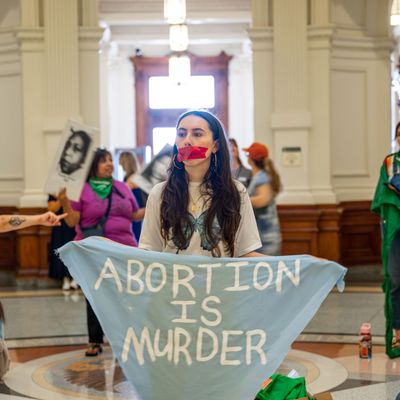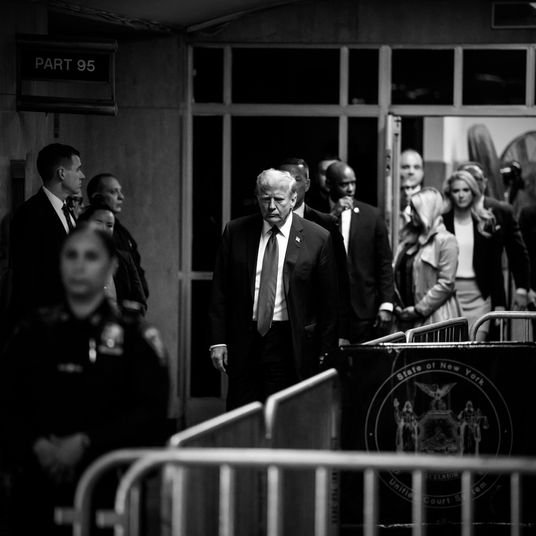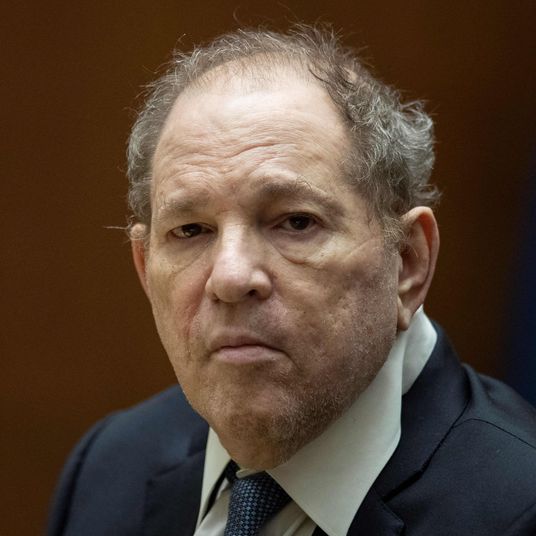
America has never been more godless than it is today. In 2021, for the first time in U.S. history, a majority of Americans did not belong to any religious congregation. At the turn of this century, only 8 percent of Americans did not identify with any religion; today, about a quarter of the U.S. public believes in “nothing in particular.”
Our nation’s exceptional religiosity is one foundation of its relative conservatism. As America has grown more secular, however, its social politics have also grown more liberal. In 2017, Gallup found the American public had grown historically left wing on ten of its 19 (so-called) moral issues.
The rapid secularization of U.S. culture may reflect some contingent developments. For example, the Catholic Church’s sex-abuse scandal is likely one of the reasons church membership among American Catholics has fallen by 18 points since 2000.
But the primary driver of creeping secularism is generational churn. Two-thirds of Americans born before 1946 belong to a religious institution, according to Gallup. That drops to 58 percent among baby-boomers, 50 percent among Generation X, and 36 percent among millennials (the pollster’s limited data from zoomers indicates that they are roughly as irreligious as their cooler, wiser immediate predecessors).
Thus, as America’s rising generations displace its graying ones, organized religion’s cultural relevance will continue to fade. And yet, for the moment, the Christian right’s influence over politics and policy is about as profound as it has ever been.
In Texas this week, the state senate passed legislation that would require all public schools to prominently display the Ten Commandments in every classroom and allow any school in the state to set aside time for students or employees to read the Bible (or other religious texts) and pray. The governor’s office appears to support both bills with Lieutenant Governor Dan Patrick telling the Texas Tribune, “Bringing the Ten Commandments and prayer back to our public schools will enable our students to become better Texans.”
It is unclear whether five Supreme Court justices are willing to endorse assaults on the separation of church and state that are this egregious. But the court’s conservative majority did directly inspire the bills. In 2022, the court ruled that a high-school football coach had a constitutional right to lead a postgame prayer. State Senator Phil King, who authored the Ten Commandments bill, told the Tribune that the ruling had “cleared the way” for his theocratic ambitions.
The Roberts Court has also enabled more widespread and consequential efforts to give religious conceptions of “fetal personhood” the force of law. Full bans on abortion are already in force in 13 states, while Georgia has banned the procedure after six weeks of pregnancy. Other states, including Florida and Ohio, have enacted six-week bans that have yet to take effect. Meanwhile, conservative jurists and activists are attempting to choke off access to mifepristone, a pharmaceutical that can induce abortions during the first ten to 12 weeks of pregnancy.
To an extent, the religious right’s resurgent power has caught America’s political culture off guard. For many observers, the GOP’s nomination of a heathen in 2016, and Donald Trump’s subsequent inroads with secular midwestern whites, signified conservative Christianity’s declining relevance.
During the George W. Bush presidency, the propriety of public schools teaching intelligent design and scientists conducting stem-cell research were key battlegrounds in the culture war, and popular discourse cast religiosity as the nation’s fundamental divide. Upon John Kerry’s defeat in 2004, Blue America’s self-identified inheritors of Enlightenment rationality advertised their desire to secede from “Jesusland.”
In the Trump years, by contrast, the punditocracy broadly conceived the key fault line between Red and Blue America as race rather than religion. After all, the mogul’s claim to conservative authenticity did not rest on his (plainly fraudulent) Christianity but rather his earnest xenophobia and racial resentment. Further, the working-class Midwesterners whose defection from Blue America made Trump president largely supported him in spite of his supposed reverence for 2 Corinthians.
At the same time, on the political corners of social media — which wildly overrepresent America’s younger and more godless generations — the culture war’s key Trump-era battlegrounds concerned campus-speech norms, “cancel culture,” immigration policy, and the role of racism in U.S. history, subjects that sometimes united conservatives with their atheistic adversaries from yesteryear. Indeed, in recent years, several formerly left-libertarian commentators have taken to arguing that the real moralistic dogmatists in U.S. politics are now the woke scolds of the Democratic Party.
In 2021, the social conservative Matthew Walther ruefully declared the supersession of his own political tradition by “barstool conservatism,” writing:
What Trump recognized was that there are millions of Americans who do not oppose or even care about abortion or same-sex marriage, much less stem-cell research or any of the other causes that had animated traditional social conservatives. Instead he correctly intuited that the new culture war would be fought over very different (and more nebulous) issues: vague concerns about political correctness and “SJWs,” opposition to the popularization of so-called critical race theory, sentimentality about the American flag and the military, the rights of male undergraduates to engage in fornication while intoxicated without fear of the Title IX mafia. Whatever their opinions might have been 20 years ago, in 2021 these are people who, with varying degrees of enthusiasm, accept pornography, homosexuality, drug use, legalized gambling, and whatever GamerGate was about.
The hyperbolic nature of such eulogies for the Christian right has been unmistakable since the Dobbs decision. And such columns were at odds with the realities of Republican governance even when they were written. Yes, the GOP beat a strategic retreat on same-sex marriage and wholly abandoned its purported belief in the importance of politicians being moral exemplars (a principle that proved useful in the Clinton years but less so under Trump). But the Christian right never ceased to be the single most powerful and well organized mass movement within the Republican coalition.
To a great extent, religious conservatives’ declining demographic footprint has been offset by the broader erosion of American civil society. As the number of institutions that can deliver a block vote and army of volunteers has shrunk over the past half-century, the capacity of surviving mass-membership institutions to punch above their weight in politics has increased. This is one reason why, over the past decade, the American labor movement has simultaneously grown smaller in size yet more influential within the Democratic coalition. And it is also why even minuscule mass-membership organizations like the Democratic Socialists of America can get their members elected to state legislatures. Even in its shrunken form, the Christian right remains a large fish in an evaporating civic pond.
Combine religious conservatives’ mass-membership muscle with their conquest of the American judiciary and it becomes possible for them to wield tremendous political power even as they steadily bleed cultural influence.
This said, the dissonance between the Christian right’s power and its numbers may not be sustainable. Indeed, that tension is likely the Republican Party’s greatest liability heading into 2024. Were it not for the GOP’s fealty to its theocratic foot soldiers, the party would be in prime position to defeat an unpopular and aged president next year. As is, it is unclear whether the party’s next standard-bearer will be able to survive the electorate’s aversion to forced birth.
If the widening gap between the Christian right’s power and its popular support is alarming for the GOP, however, it should also discomfit small-d democrats. After all, the easiest way for the movement to reconcile its minoritarian ambitions with democracy is to undermine the former. And in states throughout the country, Republicans have been doing precisely this through egregious partisan gerrymanders, voter-suppression laws, and even subversion of election administration.
In the near term, it is entirely possible that the right will be able to hold its own politically on the strength of popular discontent with the Biden economy and/or the Constitution’s bias toward rural America. In the long term, however, the Christian right has no future in a democratic United States. A growing number of religious Christians will, therefore, likely seek to ensure that democracy in the United States has no future.































